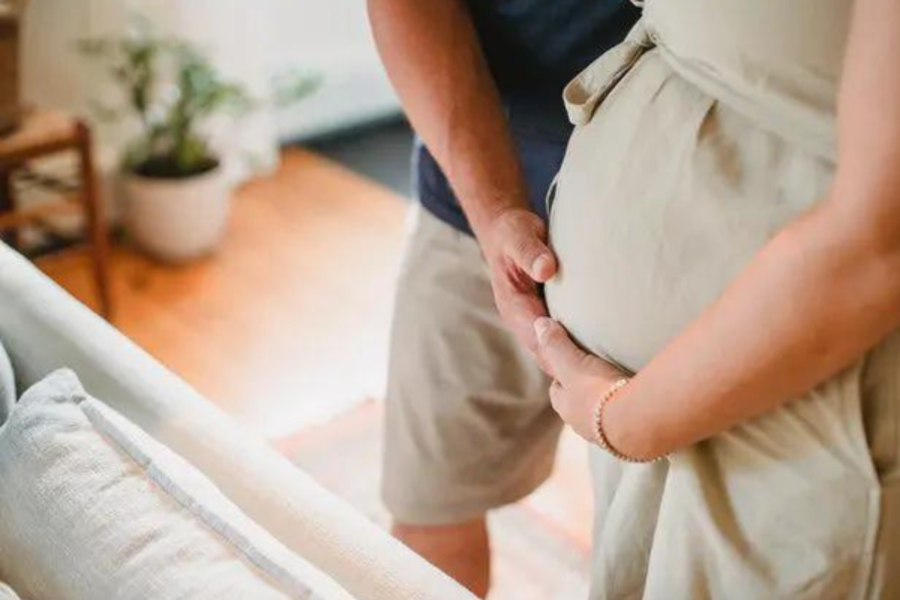Centre of Research Excellence in Stillbirth
The Centre of Research Excellence (CRE) in Stillbirth is an NHMRC funded collaboration, led by Mater Research and administered by The University of Queensland. The CRE aims to reduce the rate of stillbirth and improve care for parents and families whose baby is stillborn in Australia. Partnership and collaboration is essential to meet the objectives of the CRE and ensure rapid translation of research into practice and contribute to global stillbirth prevention initiatives.
History of the CRE
The Stillbirth CRE recognises that stillbirth has enormous economic and psychosocial impacts:
- there has been virtually no reduction in rates for over 20 years
- large equity gaps exist
- families whose child is stillbirth often receive suboptimal care.
The Stillbirth CRE has grown from the work of the Perinatal Society of Australia and New Zealand (PSANZ) and the strong partnership between the Stillbirth CRE and PSANZ ensures optimal outcomes. The CRE program is based on The Lancet 2016 Ending Preventable Stillbirths series Call To Action, and the specific priorities identified for Australia. As many conditions leading to stillbirth and also interventions to prevent stillbirth may also lead to adverse outcomes for mothers and newborns, the CRE also incorporates relevant outcomes for mothers and newborns. The Stillbirth CRE is a collaboration of parents, parent advocates, clinicians, researchers, professional colleges and policy makers, to generate new knowledge that translates into practice change and improved outcomes.
Governance
The Stillbirth CRE is based on a model encompassing research governance, productivity and leadership. Effective management of the Stillbirth CRE program is overseen by the Steering Committee, including research development, conduct, and publications. The Steering Committee is committed to meeting face-to-face annually and by teleconferences every three months. An Executive Committee meets monthly to ensure day-to-day management and logistical decision-making processes are maintained. Committees have also been developed to ensure engagement of professional colleges and consumer engagement organisations to ensure success of the Stillbirth CRE program.
Improving Health Outcomes
The Stillbirth CRE research program addresses priorities across four major priority areas:
- Risk factors for stillbirth; developing and implementing best practice in care of women at or near term
- Novel methods for risk prediction; markers/interventions for women at risk
- Best care after stillbirth; improving care after stillbirth and in subsequent pregnancies
- Understanding the causes; improving data quality through investigation, audit and classification.
By targeting these four priority areas the Centre is systematically addressing The Lancet 2016 series on Ending Preventable Stillbirths call to action and the specific priorities pertinent to Australia. In recognising that many stillbirths can be prevented by implementing what is already known, a major focus is to target evidence-based interventions.
Novel methods for identification of the at-risk fetus to improve decision-making on appropriate timing of birth are being developed. Through biomedical expertise, Stillbirth CRE is working to ensure new discoveries will be readily translated into practice to further reduce the risk of stillbirth.
Group Leader

Executive Committee
Professor Vicki Flenady AM is supported by an Executive Committee:
- Dr Sarah Henry
- Professor David Ellwood
- Professor Sue Walker
- Associate Professor Philippa Middleton
- Professor Caroline Homer
- Dr Sean Seeho
- Deanna Stuart-Butler
- Associate Professor Fran Boyle
- Professor Sailesh Kumar
Professor Adrienne Gordon
Dr Miranda Davies-Tuck
Professor Jonathan Morris
Contact the Stillbirth CRE
Please contact us to discuss how we could work together to improve outcomes for parents and families:
Email: stillbirthcre@mater.uq.edu.au
Phone: +61 7 3163 6349
Website: Centre of Research Excellence in Stillbirth




